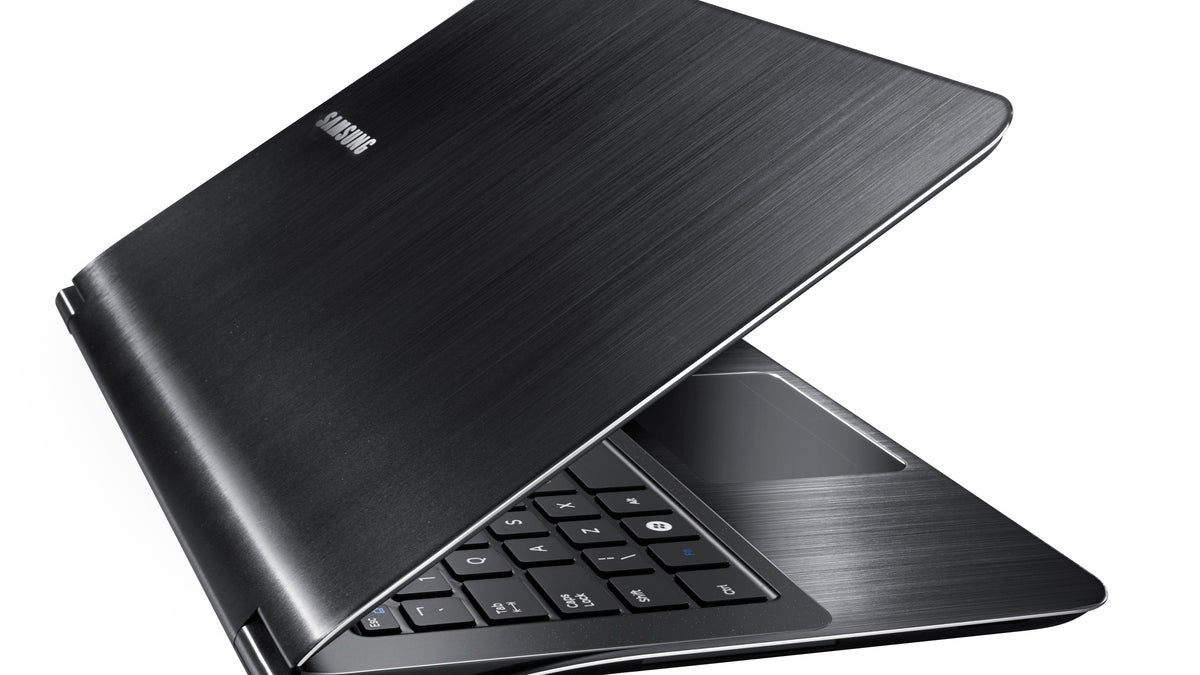CES: Computers and hardware wrapup
An overview of the most important laptop and desktop news and products from CES 2011.

It's often said that CES isn't really a huge show for laptops and desktops, but every year we seem to find a lot of very interesting stuff floating around the halls. This year was no exception, although the most interesting things were more likely to be prototypes of potential future products than actual retail-ready systems.
On top of that, we saw the official kickoff of new platforms from the two biggest CPU-makers, with Intel's Sandy Bridge CPUsand AMD's Fusion line, both of which aim to combine decent on-board graphics with faster processors. In fact, Sandy Bridge was our pick for the best PC product at CES. Nvidia was also on hand with a new line of discrete GPUs(exactly the kind of products Intel hopes to make obsolete with its Sandy Bridge CPU-plus-graphics platform).
While Intel generated more attention, AMD's fusion platform turned up in some laptops we're eager to get our hands on, including the HP Pavilion dm1 and the Sony Vaio Y series, both of which are 11-inch laptops.
Our category winner from last year, the Lenovo U1 Hybrid, made a return experience in a slightly revamped form. Now it's a combination of the Android LePad tablet and the IdeaPad U1 base, which turns it into an Intel/Windows laptop.
Probably our favorite laptop, from a design standpoint, was the Samsung 9 Series, a thin MacBook-Air-like system with a sleek curved body made from a high-tech aluminum composite material. However, its expected premium price might make it less attractive to those who want a slick Mac-like look without spending Apple laptop prices.
All-in-one desktops continue to be one of the main growth areas for desktops, and we saw several noteworthy new models this year, including the Lenovo IdeaCentre B320and IdeaCentre B520(the later of which is 3D compatible), as well as the touch-control Sony Vaio L Series.
Some of the biggest highlights were prototypes of potential future products. These products may never see the light of day (although they certainly might) but at the very least, the best ideas from them will work their way into other more commercial products.
The most notable PC prototypes we saw were Toshiba's eyeglass-free 3D laptop, which used an eye-tracking Web cam to maintain an optimal 3D image on its 15-inch screen, and the Razer Switchblade, a small clamshell gaming PC with a custom programmable keyboard that changes based on what you're playing.

